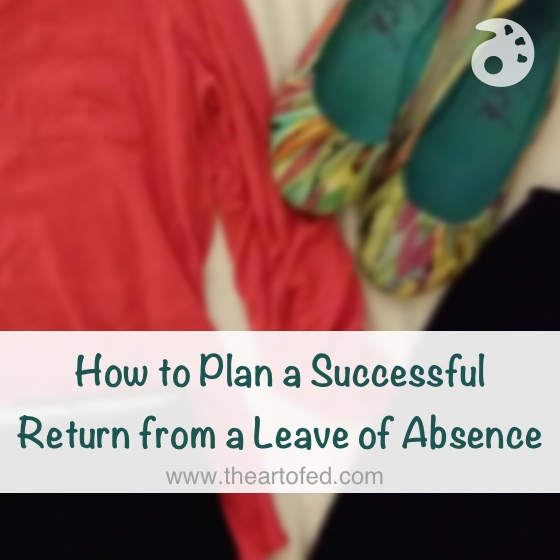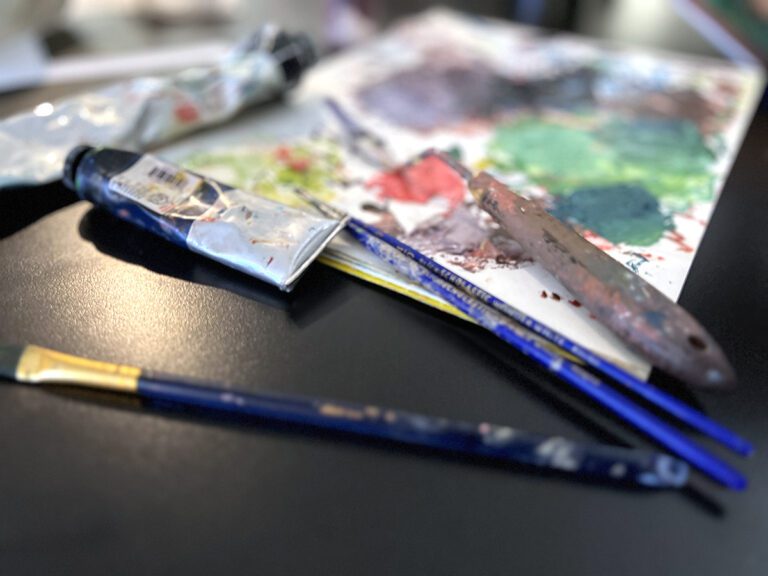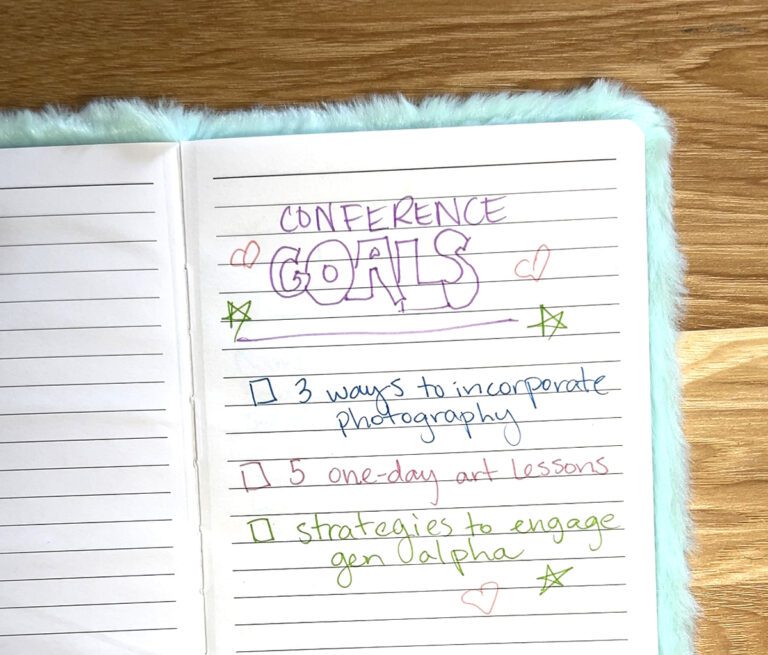Returning to work after an extended leave can be a difficult transition. In my case, I was returning from an extended maternity leave. I had a fantastic leave and felt ready to go back. However, with a newborn baby, I knew my former morning routine was going to need some adaptations. In addition, I knew there would be an adjustment period as my students transitioned from teacher to teacher. If you’re in the same position, read on for some tips to make things a bit easier on everyone.
Here are 7 steps to help you plan a successful return after an extended leave.
1. Communicate with your substitute about your return.
Be sure to let your sub know when you will be back. Tell them what you expect to be done by the time you return. For example: Which projects should be started and finished? What grading will he or she be responsible for? Be sure you know what you will be doing when you return. Walking into your own classroom feeling like a sub with no clue about what’s going on isn’t a good feeling.
2. Consider returning in the middle of the week.
Returning to work with a shortened week will help you (and your family) transition back into your old routine. With both of my leaves I returned on a Wednesday or later. Getting the first day(s) under my belt before a full week helped me transition back.
3. Lay out your clothes the night before.
I know this sounds silly, but for a postpartum mom I found this to be very important. I don’t know about you, but not all (ok, ok, hardly any) of my clothes fit me post baby. Therefore, I wanted to be sure I had my clothes laid out the night before to avoid morning meltdowns and wasted time going through multiple outfits.
4. Pack your lunch and other items for the first few days.
Some mornings I can scrounge up some leftovers and grab lunch on my way out the door. However, I didn’t want to take the chance on my first mornings back. Packing my lunch the night before helped me fly out the door on time.
5. Check your e-mail the night before your return.
Reading and responding to e-mails can be very time consuming and probably the last thing you want to do the morning of your return. Read them the night before to help you use your morning time for planning and preparing for your first day.
6. Be prepared to feel like a substitute in your own classroom.
Even though I knew what my students were working on when I walked in the door, I still felt like I didn’t know what was going on at times. I wasn’t sure of the exact directions my substitute had given. While this felt a little strange, I knew that it was just a matter of time before I got back into the swing of things.
7. Your substitute is not your clone: accept differences.
Wouldn’t it be nice to have a clone? To be able to take a leave of absence and come back to everything done exactly the way you would have done it? Unfortunately, this isn’t reality. More than likely, your sub will have done things differently. Sometimes he or she might have even done things wrong in your opinion. You might find your students saying, “That’s not what Mrs.________ said.” Be prepared to say something professional in response, without throwing your sub under the bus. My most frequent response is, “I know Mrs.________ said that and that she did things differently. I know that can be frustrating. However, Mrs.________ and I aren’t the same people and this is how I would like you to do it in my classroom now that I’m back.”
Do you have any tips to share with our readers to help transition back to school after a long-term leave of absence?
Have you had good luck when working with a long-term sub?
Magazine articles and podcasts are opinions of professional education contributors and do not necessarily represent the position of the Art of Education University (AOEU) or its academic offerings. Contributors use terms in the way they are most often talked about in the scope of their educational experiences.





